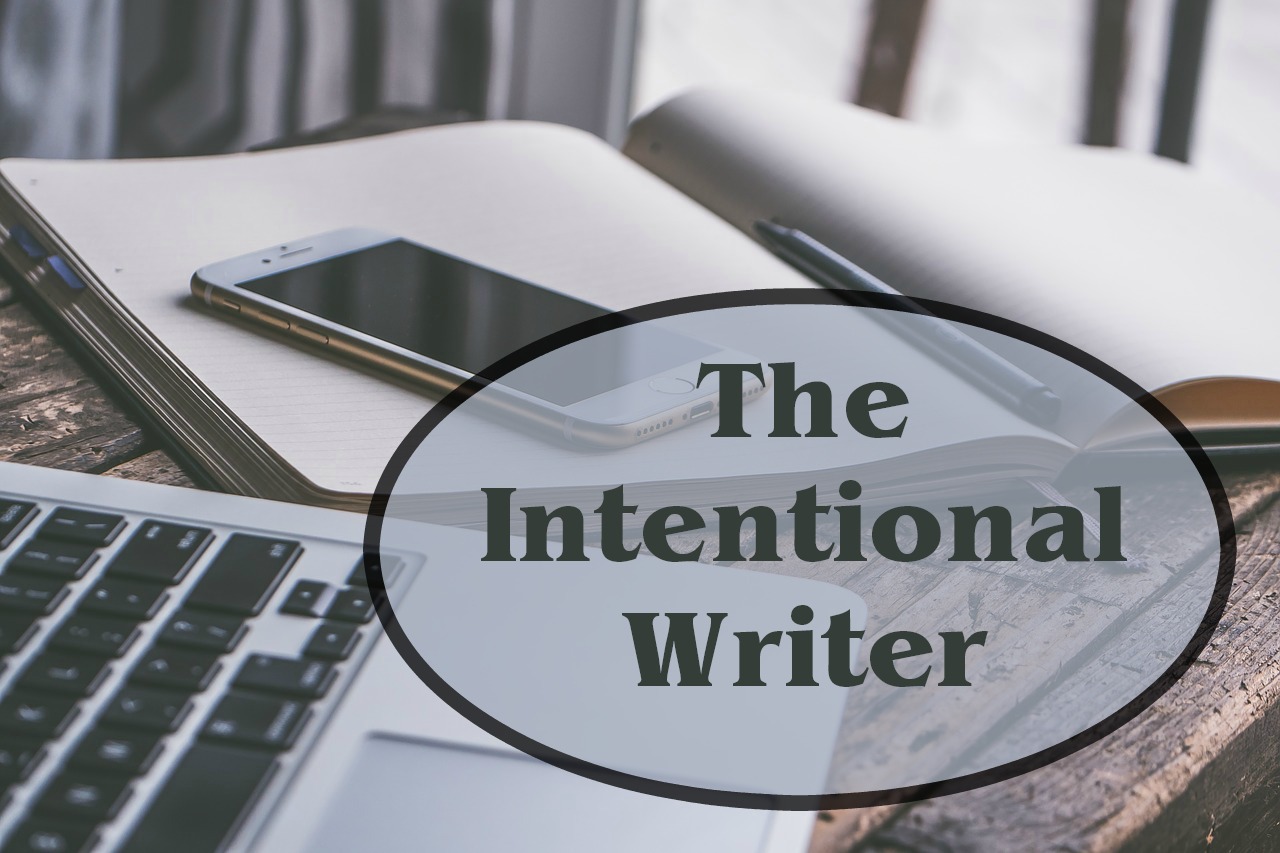When I began learning how to write a novel, the word outline brought to mind dreaded high school assignments. You know, those formal outlines with the rigid format and Roman numerals. I hated making those outlines. They seemed like a waste of time, especially since I always wrote a draft of the report first, and then created the outline to match it.
Needless to say, when I began writing in earnest, I didn’t bother with outlining. I didn’t want something that felt like overly structured busywork to inhibit my creativity or waste my writing time. Therefore, on my first attempts at writing a novel, I used more of a “pantser” approach than a “plotter” approach.
I won’t say that decision was a mistake, but it was a learning experience—I learned I’m not a pantser. I work better when I have an idea of where the story is going.
Does your writing process match your personality?
I have a logical, linear thinking style. Over the years, I’ve learned that I write better when I invest enough time in planning out a story before I plunge into writing it. When I know what a specific scene needs to accomplish to keep the plot moving, I waste far less time wondering what my characters should do, and I avoid bunny trails that lead to dead ends five scenes later.
When I realized planning helped me write better rather than hindering me, I began to experiment with different methods for planning a story. That’s when I turned to K. M. Weiland’s book, Outlining Your Novel: Map Your Way to Success. This book helped me get over my misconceptions about how outlining can help me become a better writer.
The book covers different methods of outlining and then leads a writer through a process that helps them consider the key information necessary for creating a solid plot. Everything from a premise to setting, and motivation to character arcs.
Once the foundation is set, the book guides you through creating a scene-by-scene roadmap of the story. Each chapter is filled with insightful questions and plenty of examples from the author’s novels.
As an added bonus, the book includes interviews with a variety of writers. These insights on outlining from experiences authors helped me imagine how I could utilize the tools of outlining to work for me.
For example, John Robinson says,
“It helps me see the big picture and keeps me from getting bogged down in tar pits and rabbit trails that lead nowhere.”
And Dan L. Hays described the benefits of outlining this way:
“An outline is analogous to reading a map before a road trip. I find my starting point, then pick out the best route to where I’m headed.”
Some great advice to make outlining work for you
- No two authors outline the same way. The specific method isn’t as important as the thought process behind it.
- Every author must find the level of detail that works for them. One author benefits from a big picture type of outline that defines the main plot events and final outcome. Another author creates an outline that include details on every scene. You must find the balance between getting enough detail to write well and spending too much time in planning.
- Consider the outline as a brainstorming process.
- Creating an outline can offer you a chance to explore multiple options without wasting a lot of time. In the outline phase, you can explore where various rabbit trails lead without writing whole scenes you subsequently decide aren’t needed.
- If you get stuck in a particular scene, it may be you’re trying too hard to adhere to the outline. Give yourself permission to ignore the outline and try a different idea instead.
- Remember your outline can have multiple drafts just like your novel. You are free to edit your outline at any time.
- With an outline as a roadmap, a writer can more easily determine which ideas for new scenes or characters fit the plot vs. derail it.
- Outlining enables a writer to focus more on subplots during the first draft, because the main plot is already ironed out and the writher knows where the characters will end up.
Summary
If you’re a dedicated pantser, this book probably isn’t for you. If you’re a planner, this book offers good advice to help you hone your planning and make it more effective. And if you’re frustrated because your current writing process isn’t working, or you’re feeling stuck in the middle of a writing project, this book may help you write more effectively.
You can use this book like a workbook. The questions and suggestions in each chapter will guide you through the planning process—from the initial spark of an idea to a finished, well-designed story plan. Alternately, you can skim through the book to find inspiration or to seek solutions to specific story problems.
Happy outlining!

Lisa E. Betz is an engineer-turned-mystery-writer, entertaining speaker, and unconventional soul. She inspires others to become their best selves, living with authenticity, and purpose, and she infuses her novels with unconventional characters who thrive on solving tricky problems. Her Livia Aemilia Mysteries, set in first-century Rome, have won several awards, including the Golden Scroll Novel of the Year (2021).
She and her husband reside outside Philadelphia, Pennsylvania, with Scallywag, their rambunctious cat—the inspiration for Nemesis, resident mischief maker in her novels. Lisa directs church dramas, hikes the beautiful Pennsylvania woods, eats too much chocolate, and experiments with ancient Roman recipes. Visit lisaebetz.com.


 We love helping your growing in your writing career.
We love helping your growing in your writing career.

No Comments